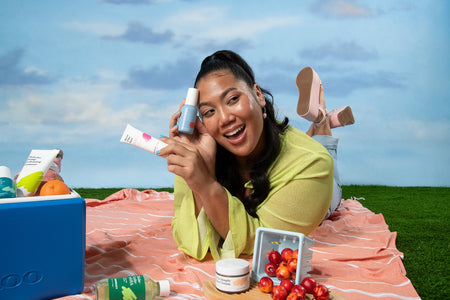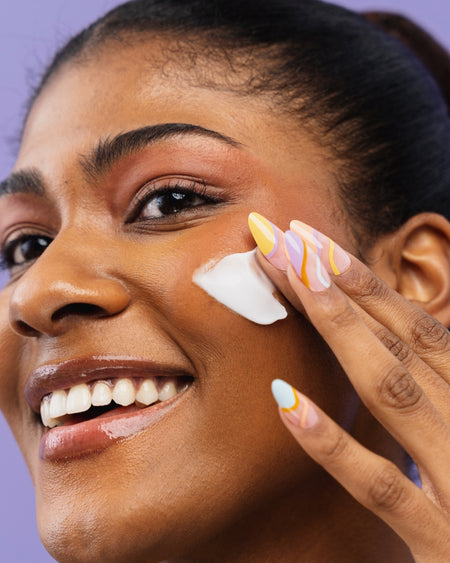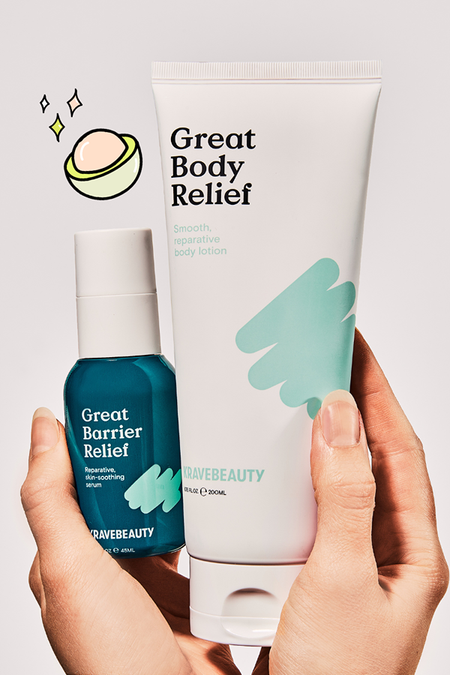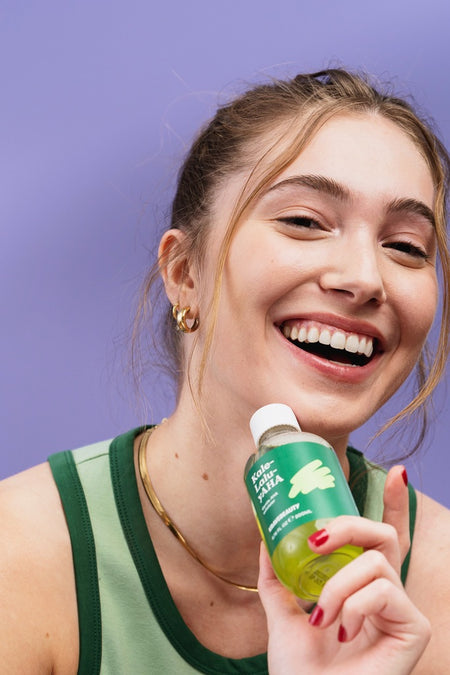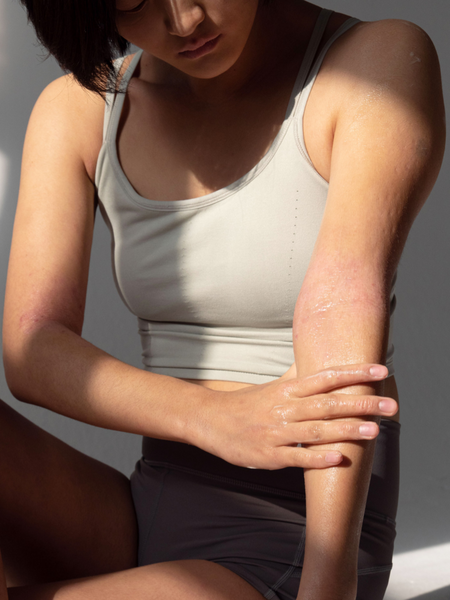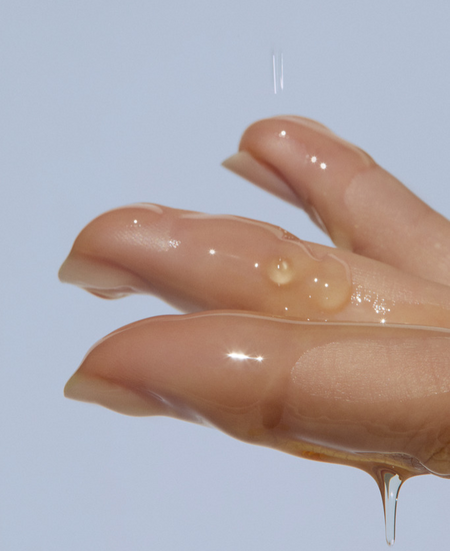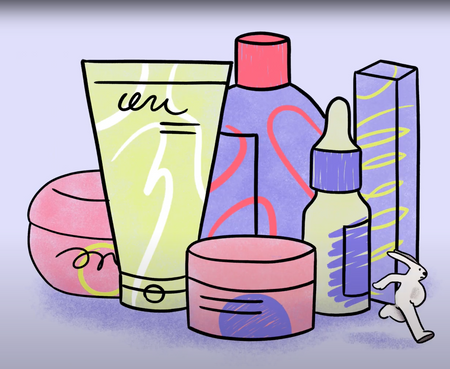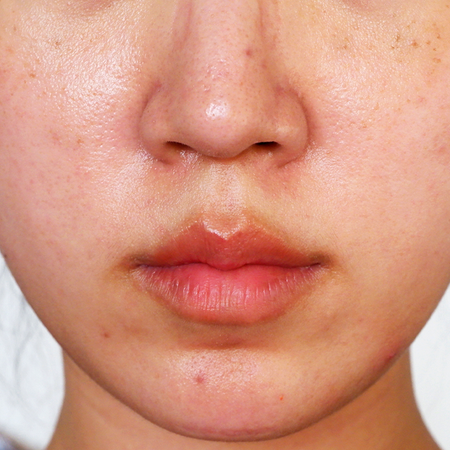Ingredient Series: Ceramides

When I say “CERA-”, you say “-MIDES”!
“CERA-”
“-MIDES”!
“CERA-”
“-MIDES”!!!
Does that name ring a bell? If not, now’s the time to get acquainted because ceramides are a VERY important part of your *dun dunnn* skin barrier! And from our skin barrier-obsessed KraveBeauty fam to you, we want to make sure you’re as well informed as can be so that you’ll be ready for GBR, our upcoming superhero for a damaged skin barrier.
Now let’s talk Ceramides.
How Your Skin Functions
Our skin produces two kinds of oil:
- Sebaceous lipids AKA your sebum
- Epidermal lipids which are linked to our skin barriers
If we imagine our sebum to be a coat of paint on the wall, the epidermal lipids would be part of the wall itself, specifically the wall’s surface. The epidermal lipids hold the outermost layer of skin cells together like glue, and this glue constitutes the lipid barrier. When healthy, the epidermal lipids are packed into a highly organized structure that keeps the skin cells stuck together like mortar does for bricks.
Now if you wash off a coat off the wall’s outer paint coating, AKA the sebum, you can always just repaint the wall by producing more sebum. But if you disrupt or liquidize the mortar between bricks inside the wall structure, AKA our epidermal lipids, the bricks become too weak, making it much harder to restore the mortar to exactly how it was before it was disrupted.
Where Ceramides Come to Save the Day
This is why ceramides are so important. Ceramides are waxy lipids that are major components of this epidermal lipid barrier, making up a whopping 50% of this lipid barrier. The other important components are cholesterol at 25% and fatty acids at 15%. Stay tuned for how we’ve got you covered on all three of these bad boys in GBR’s formula *wink wink*.
Ceramides are not only critical for helping our skin retain water, but they also help to repair the skin’s natural barrier and to regulate our skin cells. If our skin’s ceramide (or cholesterol or free fatty acids) deposit is running low, water can more easily evaporate to leave your skin feeling sad and dehydrated. Also, just like anything else, the natural aging process dwindles the production of ceramides, which can result in dry skin, wrinkles and even some types of skin irritation.
Like we’ve discussed before, dehydrated skin oftentimes stems from having a damaged skin-barrier. And if we’re talking about how ceramides plays into this, this means your skin is lacking in the CCF (Ceramides+cholesterol+free fatty acids) combo. So in short, just trying to hydrate your skin using water-based toners/essences hoping to fix the dehydration is basically as effective as pouring water to a broken glass (Yup, that’s no bueno), That’s why you want to rebuild the skin barrier from its foundation by using a product that has the CCF combo, as well as opting for a hydrating product that’s rich with water-binding ingredients.
And that’s a wrap on our mini lesson on Ceramides! Nowadays, our skin is challenged by so many external and internal factors compromising the integrity of our skin barriers. We know just how real the struggle is, so we really hope to help you guys #PressReset on skin barrier damage with our new GBR formula.
 Matcha Hemp Hydrating Cleanser
Matcha Hemp Hydrating Cleanser Oat So Simple Water Cream
Oat So Simple Water Cream Beet The Sun SPF 40 PA+++
Beet The Sun SPF 40 PA+++ Great Barrier Relief
Great Barrier Relief Kale-Lalu-yAHA
Kale-Lalu-yAHA

